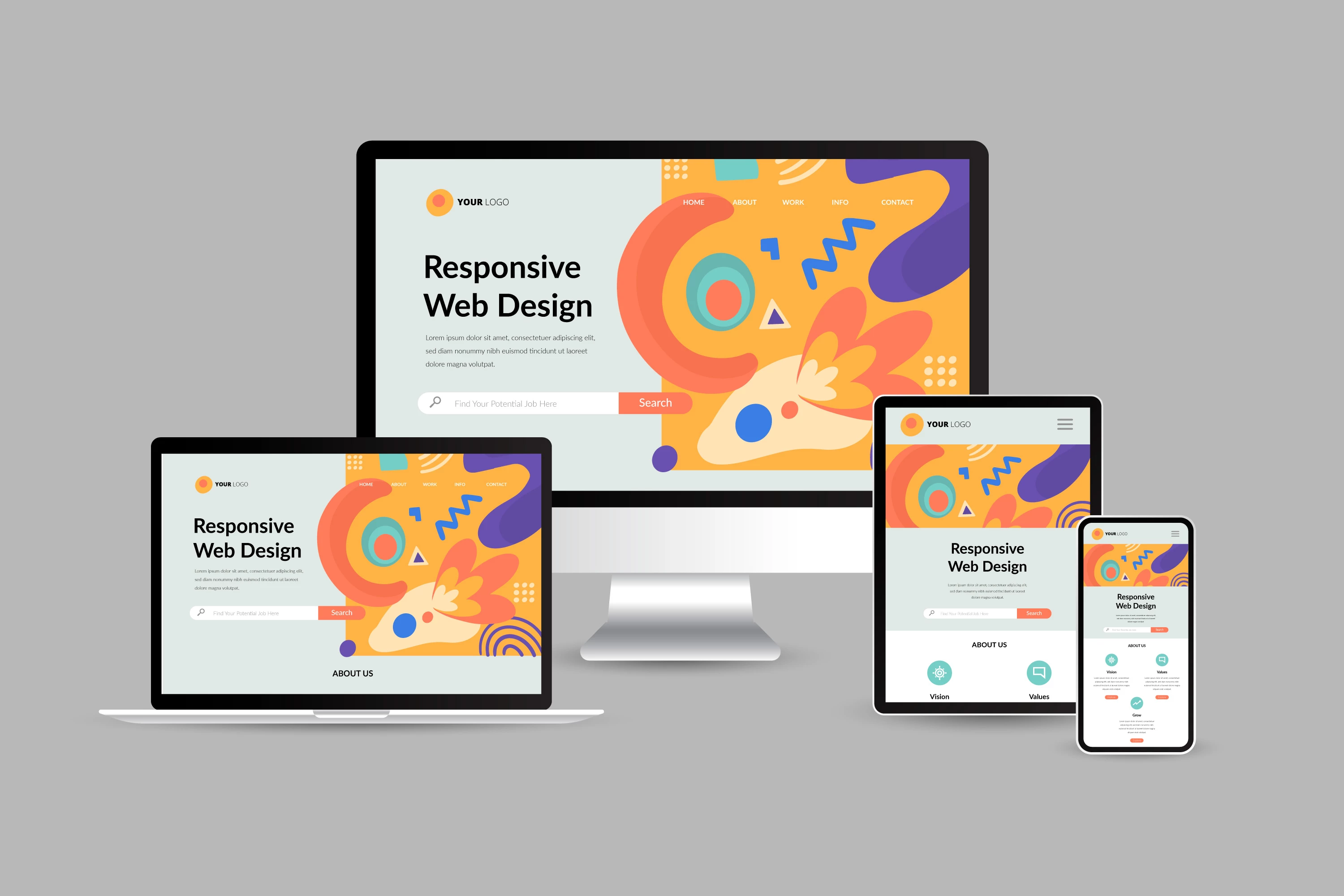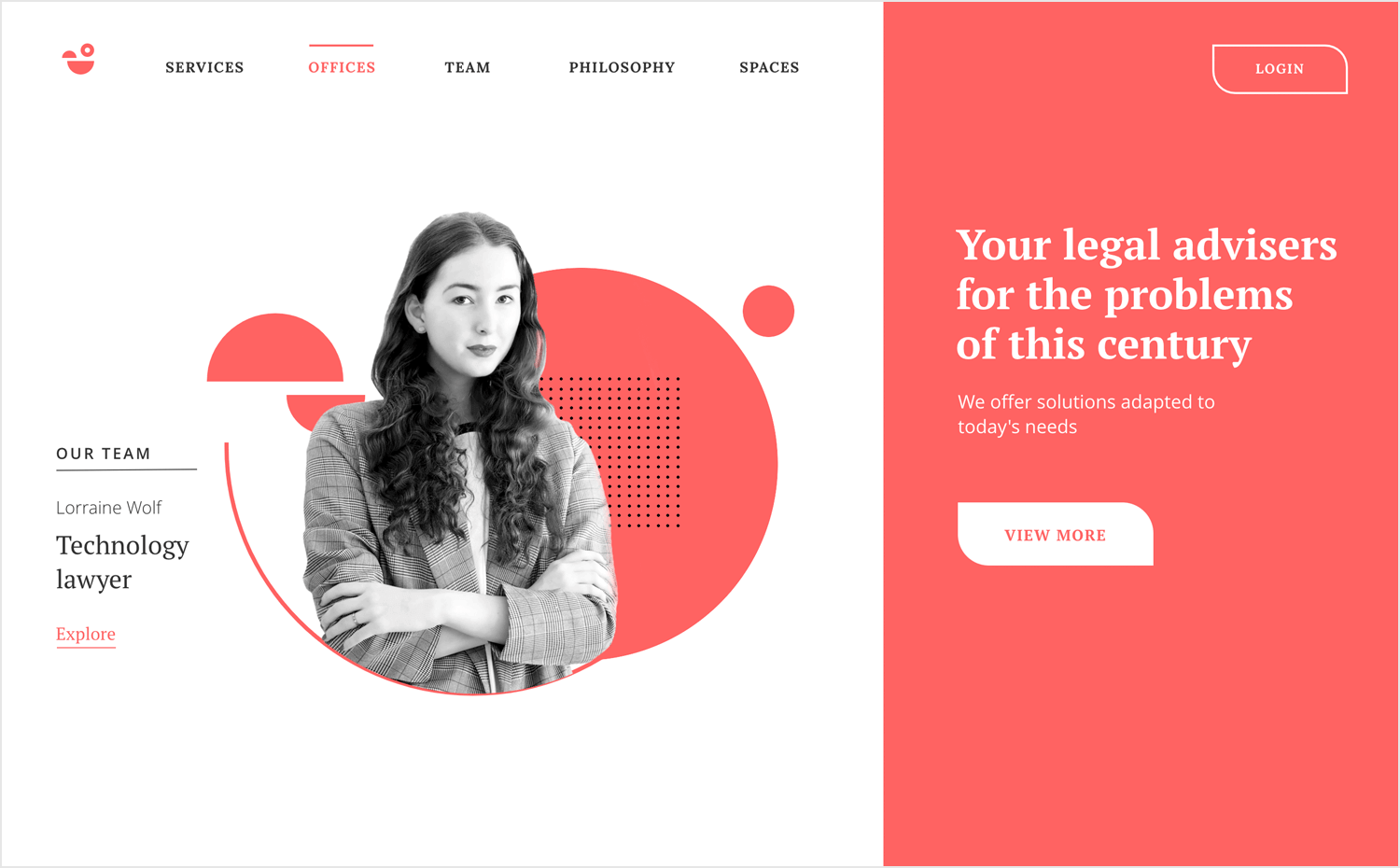Tailored Website Design Services That Cater to Your Business’s Unique Needs
Tailored Website Design Services That Cater to Your Business’s Unique Needs
Blog Article
Top Tips for Producing an Impactful Internet Site Design That Converts
In today's electronic landscape, the significance of an impactful site layout can not be overstated, especially when it pertains to transforming visitors into clients. To attain this, one have to consider a variety of aspects, consisting of recognizing the target market, prioritizing user experience, and optimizing for mobile platforms. The strategic use of compelling call-to-actions and a distinct aesthetic power structure plays a crucial role in guiding customers via their trip. As we discover these necessary components, it comes to be noticeable that the success of your internet site pivots on even more than just looks; it needs a thoughtful technique to style and performance.

Understand Your Target Audience
Recognizing your target audience is fundamental to reliable web site design, as it lays the groundwork for developing an appealing user experience. Recognizing that your users are, including their demographics, choices, and habits, enables developers to tailor the website's web content, design, and functionality to satisfy certain needs.
Performing extensive market research is crucial in this procedure. Surveys, meetings, and analytics can provide valuable insights right into user assumptions and pain factors. By compiling this data, developers can create customer identities that stand for different sectors of the audience, making certain that design choices are notified and relevant.
Furthermore, recognizing the target audience assists in picking suitable style components such as color plans, typography, and images that resonate with individuals. A website that speaks straight to its target market fosters a sense of link and trust fund, encouraging longer gos to and higher conversion rates.
Inevitably, a user-centered approach to site style not just boosts user fulfillment yet likewise supports service purposes by driving engagement and loyalty. By prioritizing the requirements and preferences of the target market, a web site can effectively offer its objective and attain wanted outcomes.
Prioritize User Experience
To enhance the overall efficiency of a website, focusing on customer experience (UX) is essential (Website Design). A well-designed UX ensures that visitors can navigate the site effortlessly, discover info promptly, and involve with material meaningfully. This causes boosted customer fulfillment and greater conversion rates
Begin by carrying out user-friendly navigation. Menus should be realistically structured, enabling users to locate vital locations of the website with marginal effort. Uniformity in design aspects, such as shade systems and typefaces, fosters experience, which is important for preserving individual interaction.
Additionally, consider the filling rate of your site. A delay of simply a few seconds can cause considerable drop-offs, as users are much less most likely to wait for a slow-loading web page. Enhancing images and optimizing code can improve efficiency and retain visitors.
Moreover, quality in content presentation is vital. Use concise, interesting language and separate text with visuals to boost readability. By focusing on individual experience, you not just create a much more enjoyable atmosphere for site visitors but likewise reinforce your brand name's reputation. Ultimately, an emphasis on UX is a financial investment in the long-term success of your site.
Enhance for Mobile Instruments
Optimizing for mobile gadgets is essential in today's digital landscape, where an enhancing variety of customers accessibility websites via smartphones and tablets. A mobile-friendly design not only enhances customer experience but also plays a considerable function in enhancing internet search engine positions. To attain this, it is essential to adopt a responsive layout that automatically gets used to numerous display dimensions and alignments.

Filling speed is an additional crucial variable; mobile users are commonly less person and expect rapid access to info. By focusing on mobile optimization, you guarantee that your internet site remains affordable and effectively engages a more comprehensive target market.
Use Engaging Call-to-Actions
An internet site's efficiency usually rests on its capability to lead visitors toward wanted actions, making compelling call-to-actions (CTAs) necessary components of design. CTAs work as the crucial factors that direct individuals to engage with the website, whether that suggests making a purchase, enrolling in an e-newsletter, or downloading and install a source.
To create effective CTAs, clearness is vital. Usage succinct language that plainly communicates the action you want the individual to take. Phrases such as "Obtain Begun," "Subscribe Free," or "Store Now" not just share necessity but likewise get rid of obscurity. The positioning of CTAs is equally important; they ought to be purposefully placed throughout the page to ensure they are quickly visible, particularly in high-traffic locations.
In addition, the design of CTAs ought to stand out without being meddlesome. Utilize contrasting shades and clear font styles to guarantee they record focus. In addition, take into consideration using directional cues, such as arrows or images, to direct individuals toward these buttons. By concentrating on these aspects, companies can substantially improve customer interaction, driving conversions and eventually attaining their internet site's goals.
Focus on Visual Power Structure
Efficient website layout relies greatly on a well-structured visual power structure that guides customers through web content perfectly. By arranging aspects in a fashion that prioritizes details, designers can improve customer experience and assist in decision-making. This entails using dimension, color, contrast, and spacing purposefully to accentuate the most important components of a web visit site page.
Making use of bigger typefaces for headings and subheadings establishes a clear difference between different areas, allowing individuals to scan material effortlessly. Furthermore, using contrasting colors for switches and calls-to-action can capture individual focus and encourage interaction. Whitespace is an additional important element; it protects against clutter and allows customers to focus on essential messages without disturbances.
Images and graphics must complement the text while additionally sticking to the established hierarchy, strengthening the general message (Website Design). Uniformity in style components, such as color pattern and typography, further strengthens the aesthetic pecking order, making navigating user-friendly

Conclusion
In conclusion, reliable internet site style requires a comprehensive understanding of the target audience, prioritization of user experience, and mobile optimization. Inevitably, a well-executed internet site style serves as an essential part in driving individual activities and achieving company goals.
Report this page